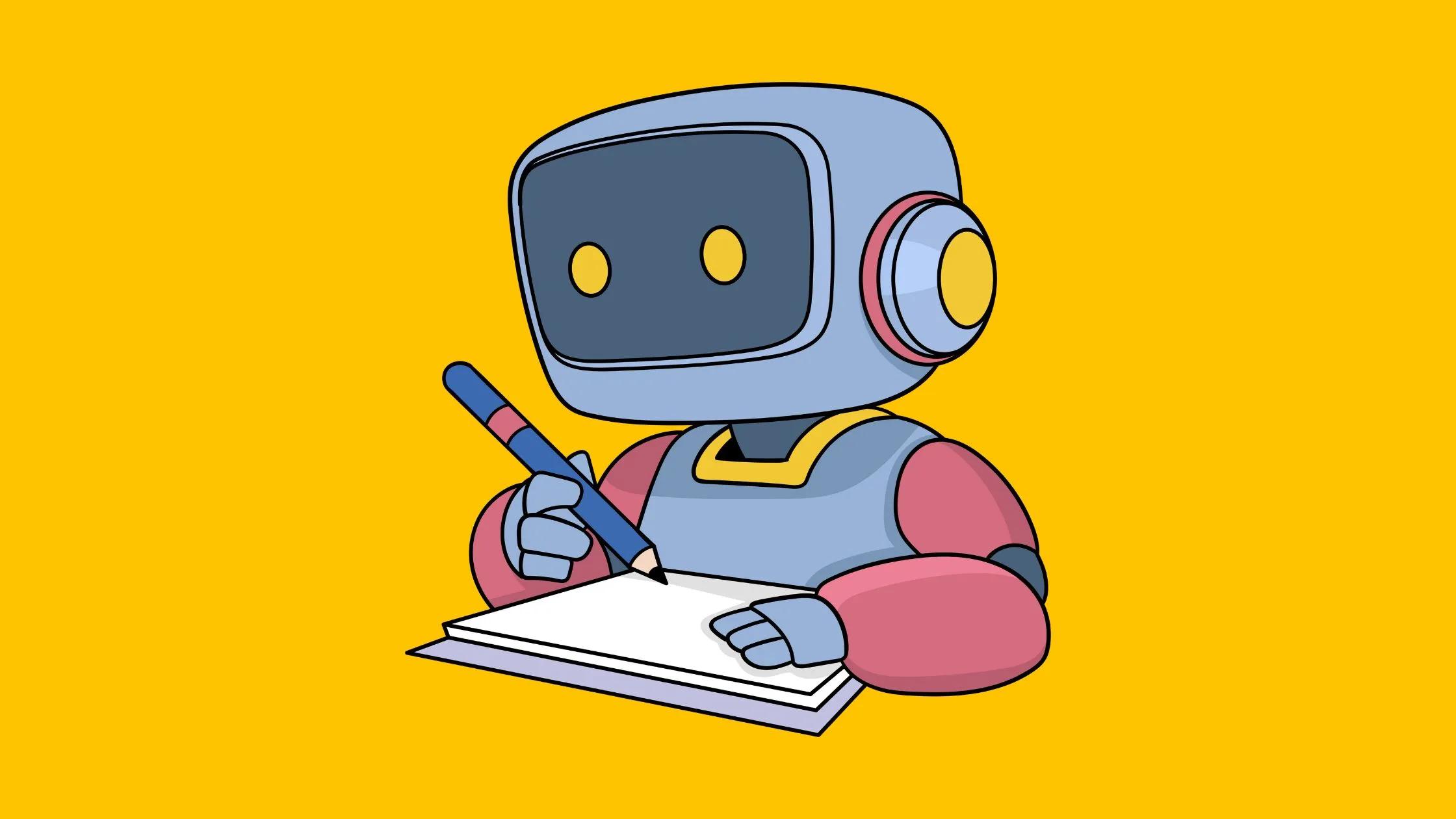
Content
-15594696-e732-4f59-adb1-3f9a117c4cc1.jpg&w=3840&q=75)
As artificial intelligence (AI) tools revolutionize content creation, businesses, digital marketers, and content teams are leveraging their efficiency to generate engaging, relevant, and SEO-optimized content at scale. However, alongside these advantages comes a pressing concern: plagiarism. For D2C brands, retailers, and content creators, understanding how to responsibly use AI-generated content while avoiding ethical and legal pitfalls is critical.
This guide explores the relationship between AI-generated content and plagiarism, providing insights into best practices, tools for detection, and how to maintain originality while scaling your content strategy.
AI-generated content refers to text, images, or media created by artificial intelligence algorithms. Tools like OpenAI’s ChatGPT, Jasper, and Copy.ai can generate blog posts, social media captions, product descriptions, and more. These systems are trained on vast datasets and use natural language processing (NLP) to craft human-like responses.
While AI tools save time and streamline workflows, they are limited by their reliance on pre-existing data. This can lead to unintentional replication or content that closely resembles existing works—a key issue that raises concerns about plagiarism.
Plagiarism involves presenting someone else’s work as your own without attribution. In the realm of AI-generated content, plagiarism can occur in three ways:
Direct Copying: AI replicates phrases or passages from its training data without modification.
Improper Attribution: Using AI content verbatim without acknowledging its AI origin or external references.
Patchwriting: Minor edits to AI-generated text that still closely resemble the source material.
For businesses, publishing plagiarized content can damage brand reputation, lead to SEO penalties, and even result in legal action.
AI tools do not inherently plagiarize but are prone to mimicry. Since these models are trained on vast datasets, they might replicate widely available content. For example, if multiple sources in the training data present a fact or phrase similarly, the AI might unknowingly recreate that phrasing.
Moreover, AI tools lack the intent to innovate; they generate content based on probability, not originality. This makes plagiarism detection crucial when using AI-generated outputs in marketing and content strategies.
-dffc85e1-a1bc-47e5-89cb-b8b1c8610d50.jpg&w=3840&q=75)
To responsibly integrate AI tools into your workflow, consider the following:
While AI excels at drafting, human intervention is essential for ideation, refinement, and quality assurance. Use AI tools to generate outlines or rough drafts, then add unique insights, perspectives, and brand-specific tone to maintain originality.
AI-generated content may include inaccurate or fabricated data, a phenomenon known as “AI hallucination.” Verify facts and statistics with credible sources to ensure authenticity.
Leverage tools like Copyscape, Grammarly, or Quetext to check for duplicate content. These tools compare AI-generated text against indexed web pages, helping identify instances of unintentional replication.
Add proprietary data, customer insights, or brand-specific narratives that AI cannot replicate. Unique content strengthens your credibility and improves SEO performance.
For transparency, acknowledge when AI-generated content has been used, especially in thought leadership or academic contexts. This fosters trust with your audience.
-c0abc555-8c46-40b1-a3e9-e581c8ac8fce.jpg&w=3840&q=75)
These tools are indispensable for ensuring that your content maintains originality and adheres to ethical standards.
Google’s algorithms prioritize unique, high-quality content. Publishing plagiarized or overly generic AI-generated material can:
Instead, aim for AI-assisted originality. Combine human creativity with AI efficiency to create content that aligns with user intent, search demand, and ethical standards.
As AI evolves, so will its ability to generate nuanced, original content. Emerging tools may include built-in plagiarism checks and contextual awareness to minimize risks. However, human oversight will remain indispensable in ensuring ethical and high-quality output.
For digital marketers and brands, AI tools are a game-changing asset. When used responsibly, they can streamline content production, improve SEO outcomes, and maintain trust with audiences. By understanding the nuances of AI and plagiarism, you can confidently scale your content strategy without compromising integrity.
AI-generated content is transforming how businesses approach content creation, but it also demands careful attention to originality and ethics. By following best practices, leveraging the right tools, and prioritizing human oversight, you can harness AI’s potential while avoiding plagiarism risks. For D2C brands, retailers, and content teams, striking this balance will be key to thriving in the ever-evolving digital landscape.